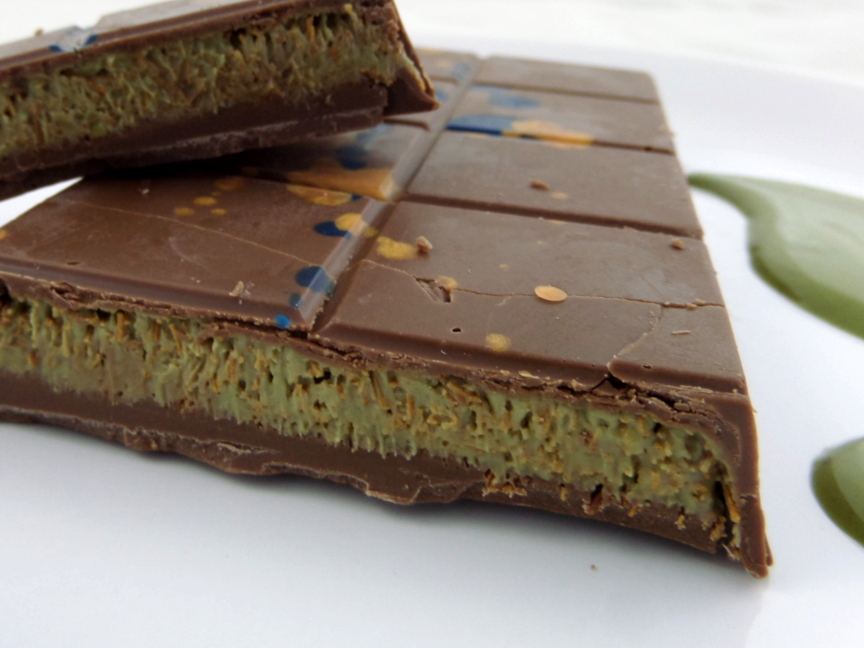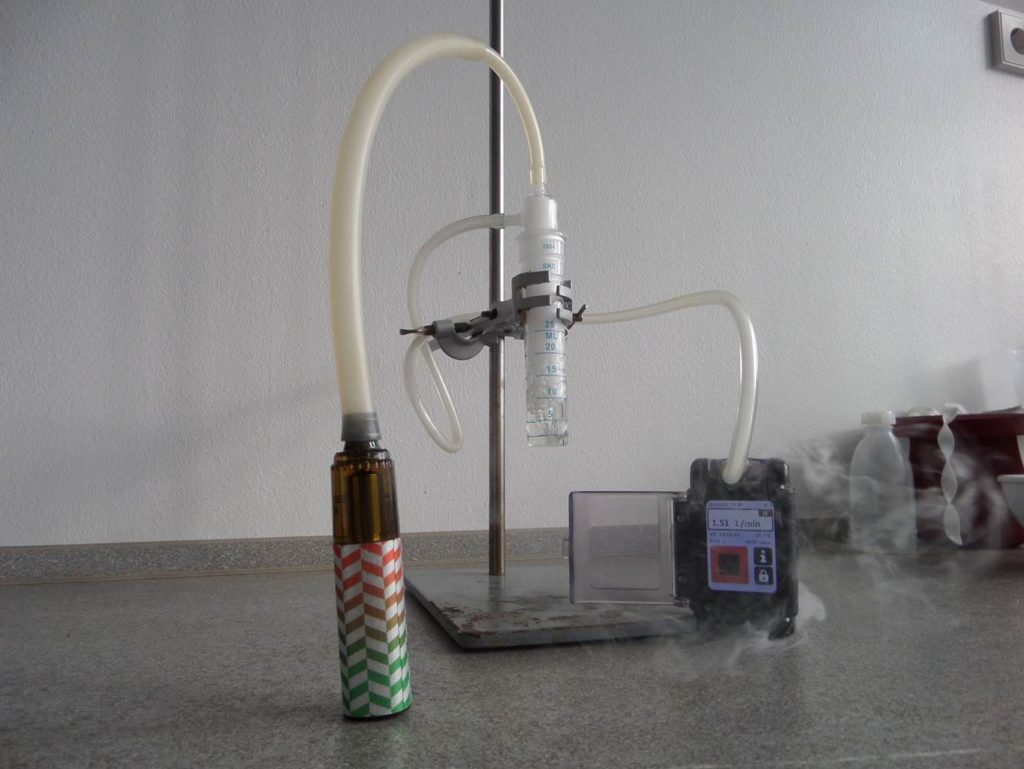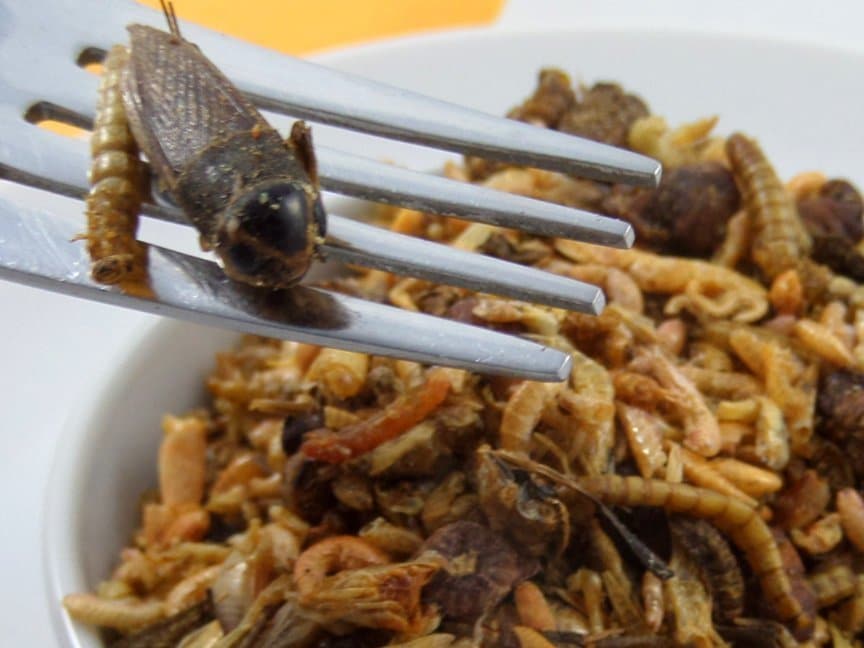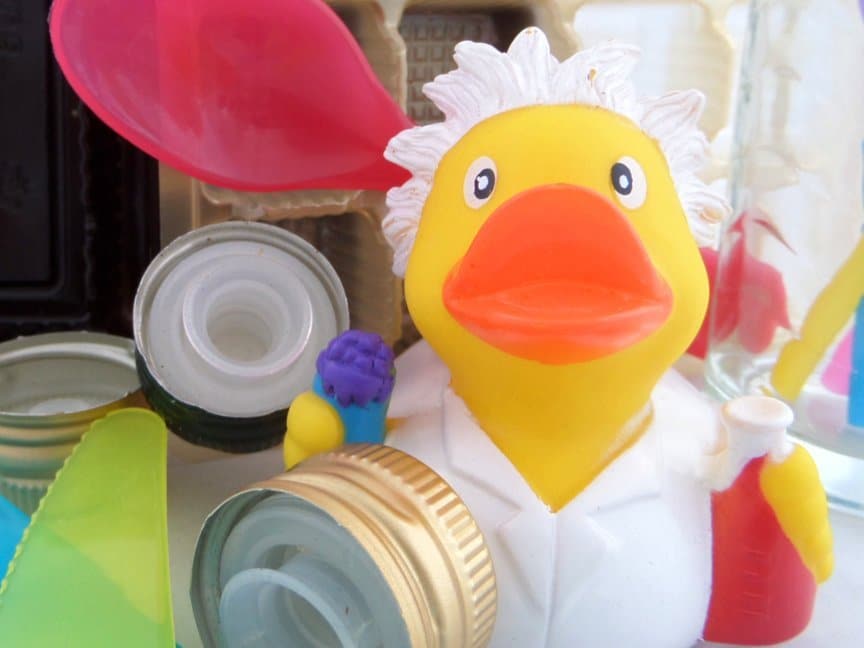Coloured pencils should be fun – this fun is clouded by harmful substances
Colouring coloring books is no longer just fun for children. There have also been more and more colouring books for adults in recent years. They are intended for relaxation, a short break from stressful everyday life.
A report on the quality of crayons was published in the 2nd Ecotestheft 2017. 20 different makes were tested.
Unfortunately there was only one product with the rating “very good” and one with the rating “good” at the end. The remaining products performed worse. In addition to opacity, sharpening behaviour and brittleness, critical ingredients were also tested.
Both the exterior paintwork and the leads of the wooden crayons were analysed. For this purpose, a method was used that is actually intended for clothing. The background to this is that one can assume that the pens, especially by children, can also be put in the mouth or that the harmful substances can be absorbed via sweaty hands.
As such an attempt was made to simulate these conditions, the extraction that is normally used for textitiles was the obvious solution. Tested for plasticizers, aromatic amines, heavy metals and the black pencils also for PAK.
Found were plasticizers and plasticizer substitutes, aromatic amines and in the black crayons also PAHs. Many of these substances are toxic, read more about them below:
plasticizer
plasticizer
plasticizers are used in the coloured pencils to keep the lead supple or they are added during painting to prevent the paint from splintering off so quickly. Some softeners have a hormonal effect and damage the reproductive organs. The dibutyl phthalate (DBP) and diisobutyl phthalate (DiBP), both of which belong to the group of phthalates, should be mentioned here in particular.
aromatic amines
aromatic amines
The aromatic amines are often released from azo dyes. Azo dyes are lightfast, colour-stable and available in many colours. The starting material for the synthesis of azo dyes is aniline or other derivatives substituted on the benzene ring. Aniline was found more often in the crayons tested.
Under certain conditions the azo dye can release the starting substance aniline again. Aniline is a powerful blood poison. It combines with the haemoglobin, which is responsible for the transport of oxygen in the body and changes the molecule so that it can no longer transport oxygen.
polyaromatic hydrocarbons
Polyaromatic hydrocarbons (PAHs) are among the environmental toxins. The PAH group comprises several hundred compounds. Many of these compounds are suspected of causing cancer.
my-lab International offers these analyses:
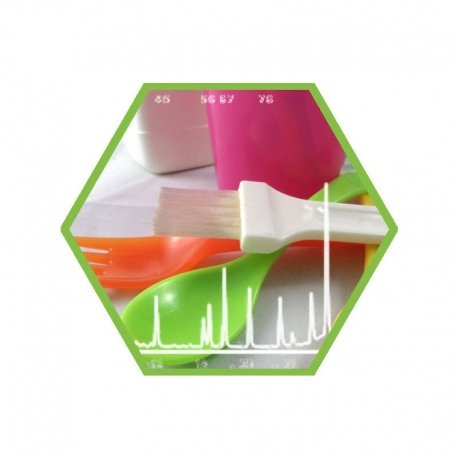 | Phthalates (SVHC) in materialMCSV1 |
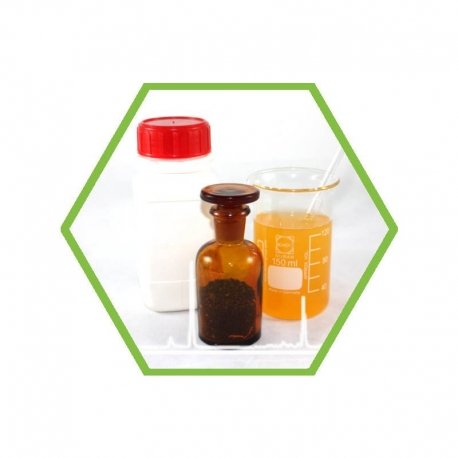 | material: PAH (EPA)MPAH2 |
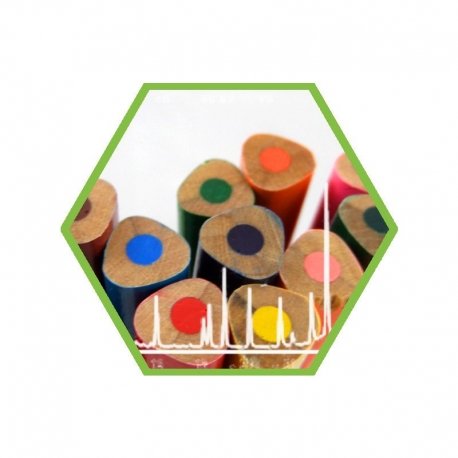 | aromatic amines in materialMAR01 |
Photo credits
- Cover | Source: my-lab International | Modified by my-lab International

